Ariane Todes has a vivid experience with a new 3D film of the Berlin Philharmonic

In my life so far my 3D film experience of music has been confined to seeing flamingos dance in Fantasia 2000 and having Kathryn Grayson throw tankards out of the screen at me in Kiss Me Kate. So I had no idea what to expect when I went to see the new 3D film of Simon Rattle conducting the Berlin Phil in Mahler no.1 and Rachmaninoff’s Symphonic Dances. Or any view on whether the future of classical music lies in 3D technology.
The film starts with the atmospheric opening of the Mahler reflected in a dawn scene of Singapore but soon moves to inside the concert hall, where several cameras follow the action of the music and the musicians in the same style as most concert footage. Where the 3D makes it different is in the phenomenal detail it picks up, and the visceral quality this imparts. The sheer physical act of playing an instrument becomes apparent with every bulging vein, shaking eyebrow and eye flick up to the conductor. And the heroism of the orchestral player emerges as you watch the harpist focus on her strings or the double bass leader girding his loins for the daunting third-movement solo. Watching a double bassist sweat as he solos may be the equivalent of seeing paparazzi pictures of stars with their cellulite. (And I wonder what the players think of it.) But if it engages the imagination of an audience, does this matter?
As for Rattle, every nuance of his expression comes out of the screen – the way he shuts his eyes as he listens and then suddenly raises one eyebrow and springs his eye open to signify some musical moment (and what an explosive moment it becomes); the way he spends most of his time just listening, baton down; the way the music seems to pass through him. A couple of times the camera angle is taken from the back of the first violins and you feel yourself there, bow at the ready, watching his beat. Even the prosaic details become thrilling, such as the fact that he stores a spare baton in the music stand of the front desk of seconds.
Then there are the personalities of the orchestra, profoundly disciplined and serious, but occasionally passing a glance. Principal viola Amihai Grosz’s constant engagement with the musicians around him is a joy to watch, for example. Bow holds, fingerings, body movements – everything becomes vivid and enthralling. Most surprisingly perhaps (call me a geek) is how gorgeous all the stringed instruments look, far beyond how you see them in photographs or film and so much closer than you’d ever come in a concert hall: all shiny and luscious and contoured, and with an incredible depth of colour.
The 3D camera captures like no other experience the sense of what it’s like to be in an orchestra, the essence of the musical struggle and workaday sense of purpose. And although it feels like these are early days in the art form, there’s a huge opportunity here for directors to find the inherent drama and individual events in any concert and have them pop out at the audience.
As a player I found the 3D concert experience entrancing, and I’ll definitely go again – especially when it’s to see top orchestras whom I would have no chance to see otherwise. Whether that mythical Joe Public will go for it remains to be seen, but if it worked for Fantasia, there’s a fighting chance. After all, who needs cartoon flamingos when you can watch Simon Rattle’s eyebrows?


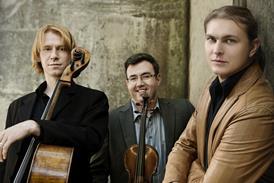

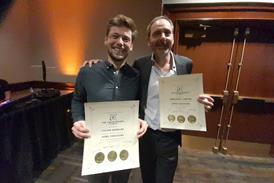

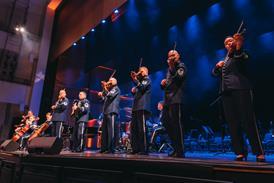
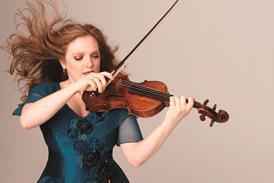

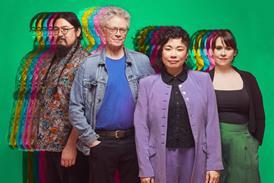





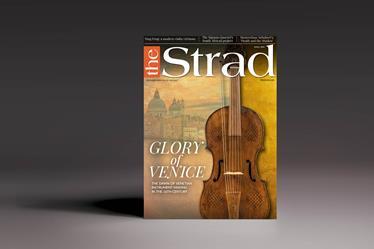
















No comments yet